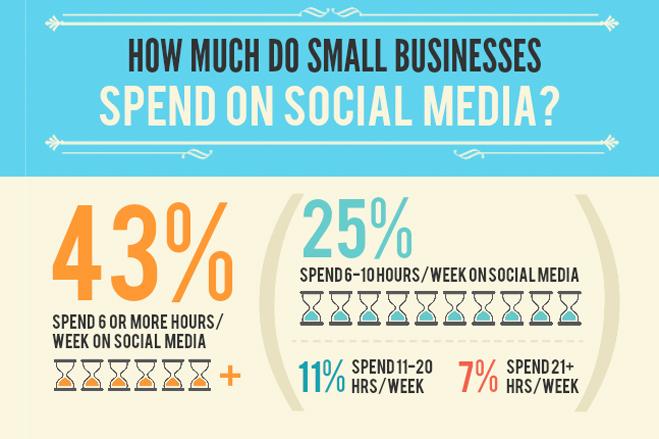Selling is a numbers game.
A maxim is a generally accepted truth. Calling is selling a “numbers game” is a maxim for two reasons.
1. There are hundreds – if not thousands – of things that can cause a fully qualified prospect to not complete a transaction, at least not on your preferred schedule.
2. Regardless of all of the bumps on the path to a signed contract, it’s still your job to produce enough sales revenue to stay in business.
Enter the sales pipeline, and it’ll all tie together.
A sales pipeline is a planning concept that helps managers and salespeople forecast sales for any given period – week, month, quarter or year. Think of your sales pipeline as overhead plumbing with faucets positioned at the calendar intervals your business requires. From these faucets you draw the mother’s milk of any business – sales revenue.
Pipeline faucets come with screens that only allow a sale to pass through so into the pipeline you load only those prospects you have qualified. That means the prospects that have answered enough questions to allow you to determine that what they want, and your ability to deliver, will combine to produce a faucet-conforming sale within the timeframe or your forecast. Once in the pipeline, a prospect is either on track to become a sale or a forecasting mistake to be removed.
As you record a prospect’s entry into the pipeline you must include what you know about their stage of decision-making, plus what you have to do to move them to customer status. Identifying what’s left to be done with each prospect – demo, trial, proposal, final close, etc. – will help you forecast which faucet –you can expect a sale to pour out of, whether next week or next month.
At this point, let’s refer to The Bard. In Act I, Scene III, of Hamlet, Polonius famously says, “This above all, to thine own self be true.” If you aren’t honest about a prospect’s progress to faucet-conformity, you’re setting yourself up for forecasting failure.
How much revenue you draw from your sales pipeline depends on the twin standards of sales success: quantity and quality.
Here’s Blasingame’s Law of Sales Pipelines: Load the pipeline with enough prospects on Monday (quantity) to have enough qualified prospects to close on Wednesday (quality) so that you can draw the sales you need from your pipeline on Friday (success).
Forecast sales successfully with quantity, quality and to thine own self be true.



 ever mind how valuable these employees were or if those cuts would hurt the company’s long-term performance; the quickest way to increase profits was to cut payroll.
ever mind how valuable these employees were or if those cuts would hurt the company’s long-term performance; the quickest way to increase profits was to cut payroll.





